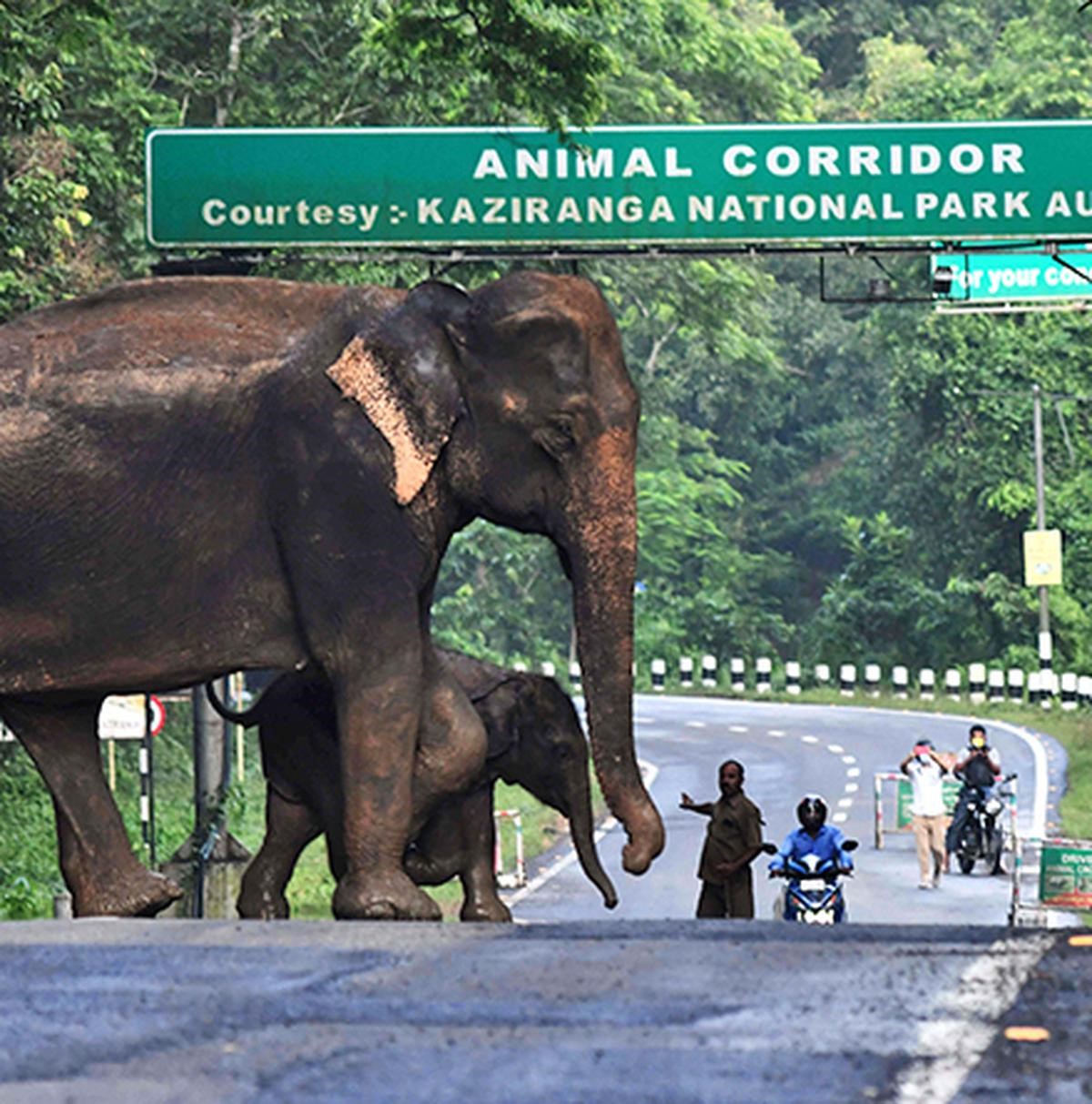
Kaziranga National Park

24.02.2024
Kaziranga National Park , Daily Current Affairs , RACE IAS : Best IAS Coaching in Lucknow
|
For Prelims:About Kaziranga National Park,Flora and Fauna in Kaziranga National Park |
Why in the news?
The National Board for Wildlife (NBWL) has approved an elevated road over nine corridors used by the animals of Kaziranga National Park and Tiger Reserve, usually during heavy floods.
Key Point
- In the heart of Assam, this park is one of the last areas in eastern India undisturbed by a human presence.
About Kaziranga National Park
- It is a prestigious national park of India situated in the northeastern part of the country in the district of Golaghat and Nagaon in the state of Assam.
- It was declared a National Park in 1974.
- It was declared a tiger reserve in 2007.
- Kaziranga was declared a World Heritage Site by UNESCO for its unique natural environment in the year of 1985.
- The park has been identified as an Important Bird Area by the Birdlife International Society as it is home to various species of migrating and inhabitant birds.
- It is situated on the banks of the river Brahmaputra.
- It is majorly known for the ‘big four’ species— Rhino, Elephant, Royal Bengal tiger, and Asiatic water buffalo.
- National Highway 37 passes through it.
- The Diphlu River runs through it.
Flora in Kaziranga National Park
- The flora of Kaziranga National Park is categorized into three types 1)alluvial inundated grasslands 2)tropical wet evergreen forests 3)tropical semi-evergreen forests.
- The national park is primarily popular for its dense and tall elephant grasses intermixed by small swamplands which are left behind by the receding flood waters of the river Brahmaputra.
- It also includes an abundant cover of water lilies, water hyacinth and lotus.
- Rattan Cane, which is a type of climbing palm, also adds to the beauty of Kaziranga wildlife sanctuary.
Fauna in Kaziranga National Park
- The land of Kaziranga boasts the largest population of greater one-horned rhinos and wild water buffaloes.
- The national park is home to Royal Bengal Tigers, swamp deer, Asian elephants which along with one-horned rhinos and wild water buffaloes form the Big Five.
- Kaziranga is also inhabited by 30+ mammalian species out of which 15 species of animals come under the threatened category.
- It is one of the last homes of the critically endangered Bengal florican.
- The national park is also rich in the population of avifauna.
Source: The Hindu